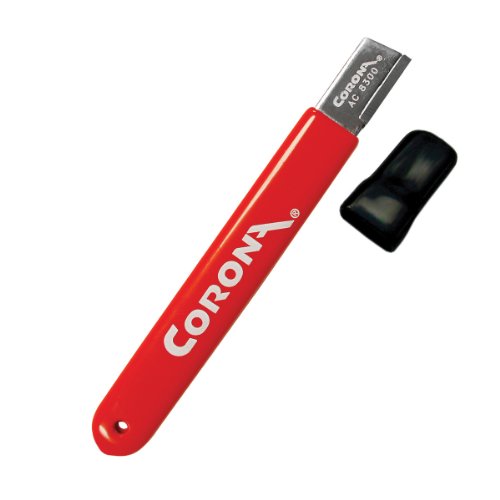How and when to prune elderberry shrubs for beautiful bushes and a bumper crop of berries
Cut back elderberry bushes to keep them productive and looking fabulous
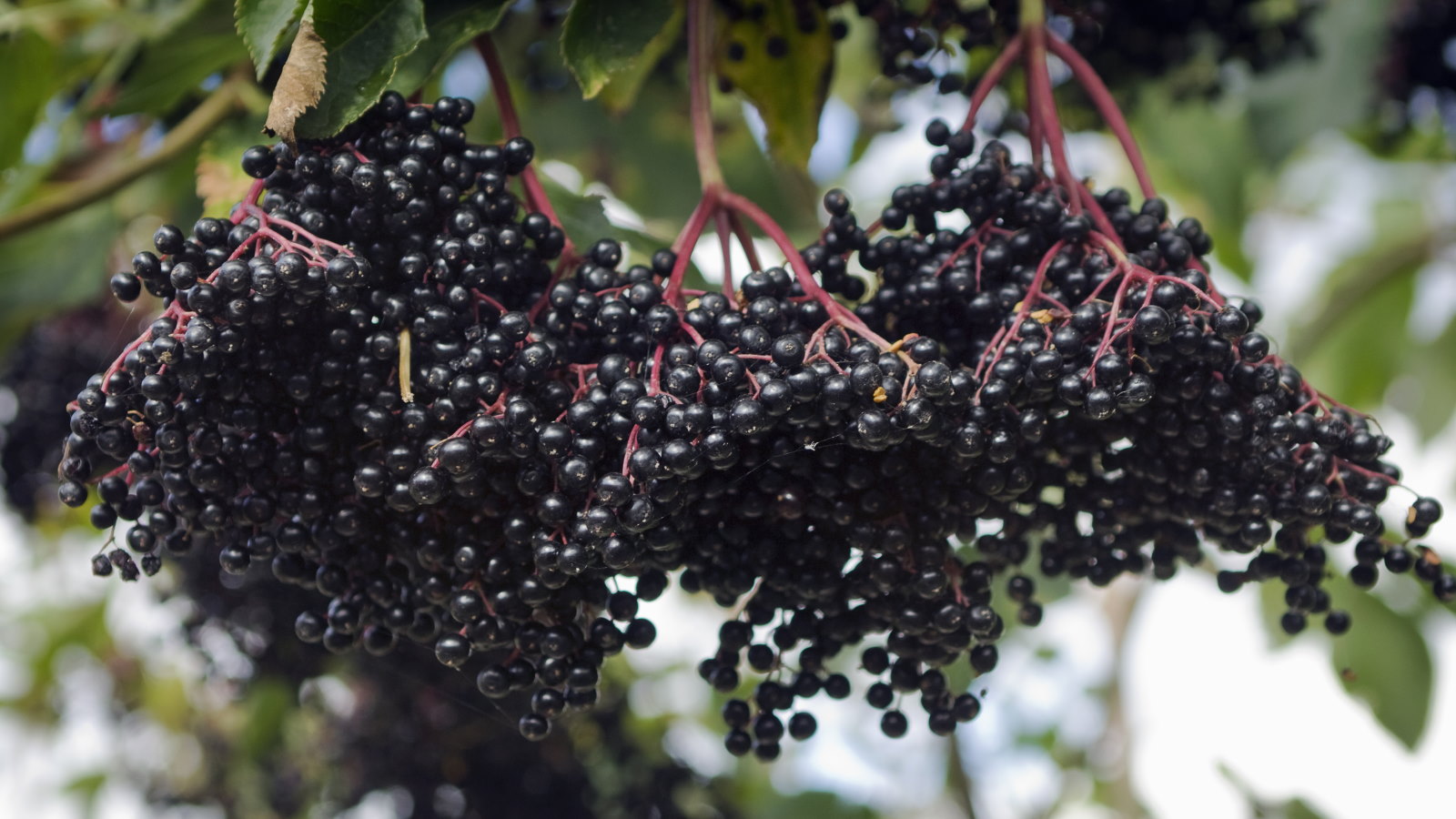

Knowing when and how to prune elderberry ensures the deciduous shrub always looks its best and is smothered in flowers and berries year after year.
The shrubs are very fashionable and simple to grow. Their popularity is down to the different shades of dramatic foliage, their reliable flowering, and the dark fruits they produce in late summer. The berries are often used in cooking or baking and have health and medicinal benefits.
If you grow and care for elderberries in your garden, annual pruning helps to keep them looking good, healthy, and productive, rewarding you with the best display of blooms and harvest of fruits. This guide looks at when and how to prune elderberries, with insightful tips from two garden experts to ensure you trim correctly.

Why it is important to prune elderberry shrubs
Sambucus, also commonly known as elderberry or elder, are deciduous flowering shrubs grown for their frothy heads of flowers, which are followed by edible berries popular for pies, jams, jellies, and more.
The shrubs can reach over 12 feet tall and get overcrowded and unruly if left unpruned. Trimming keeps elderberry at a beautiful and manageable size and opens up the shrub’s center to combat pests and disease.
Furthermore, taking time to prune elderberry keeps the plant as productive as possible. Ryan Harden, owner of The Harden Garden, explains how pruning elderberry keeps shrubs ‘healthy and productive’.
He adds: ‘Over time, elderberries grow old, woody canes that don’t produce as many berries. By removing those, you’re giving space and energy to the younger, more vibrant canes that do the real work.’
The first step to successfully pruning elderberry and avoiding shrub pruning mistakes is to trim at the right time. This helps ensure healthy shrubs and a great display of blooms and berries each year.

Ryan Harden is a passionate plant enthusiast and owner of The Harden Garden, an online shop specializing in rare, lush, and easy-care plants.
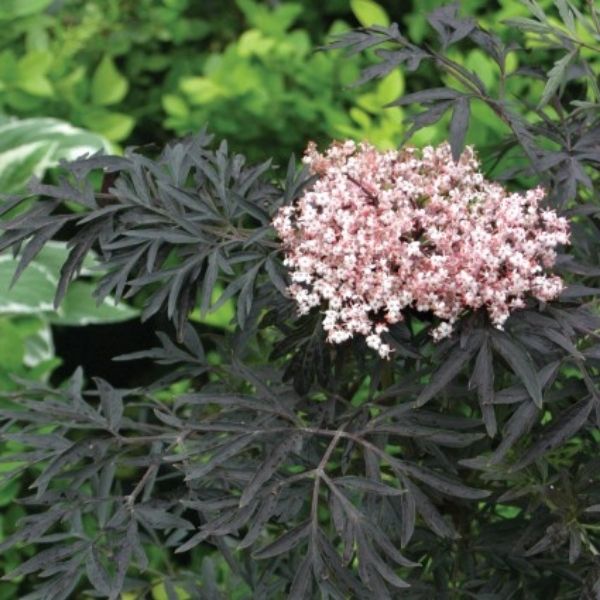
A dark purple-leafed variety with fragrant, light pink blooms and a late-summer to fall crop of dark purple and glossy clusters of edible berries. Suitable for zones 4-7 and growing in containers.
When to prune elderberry
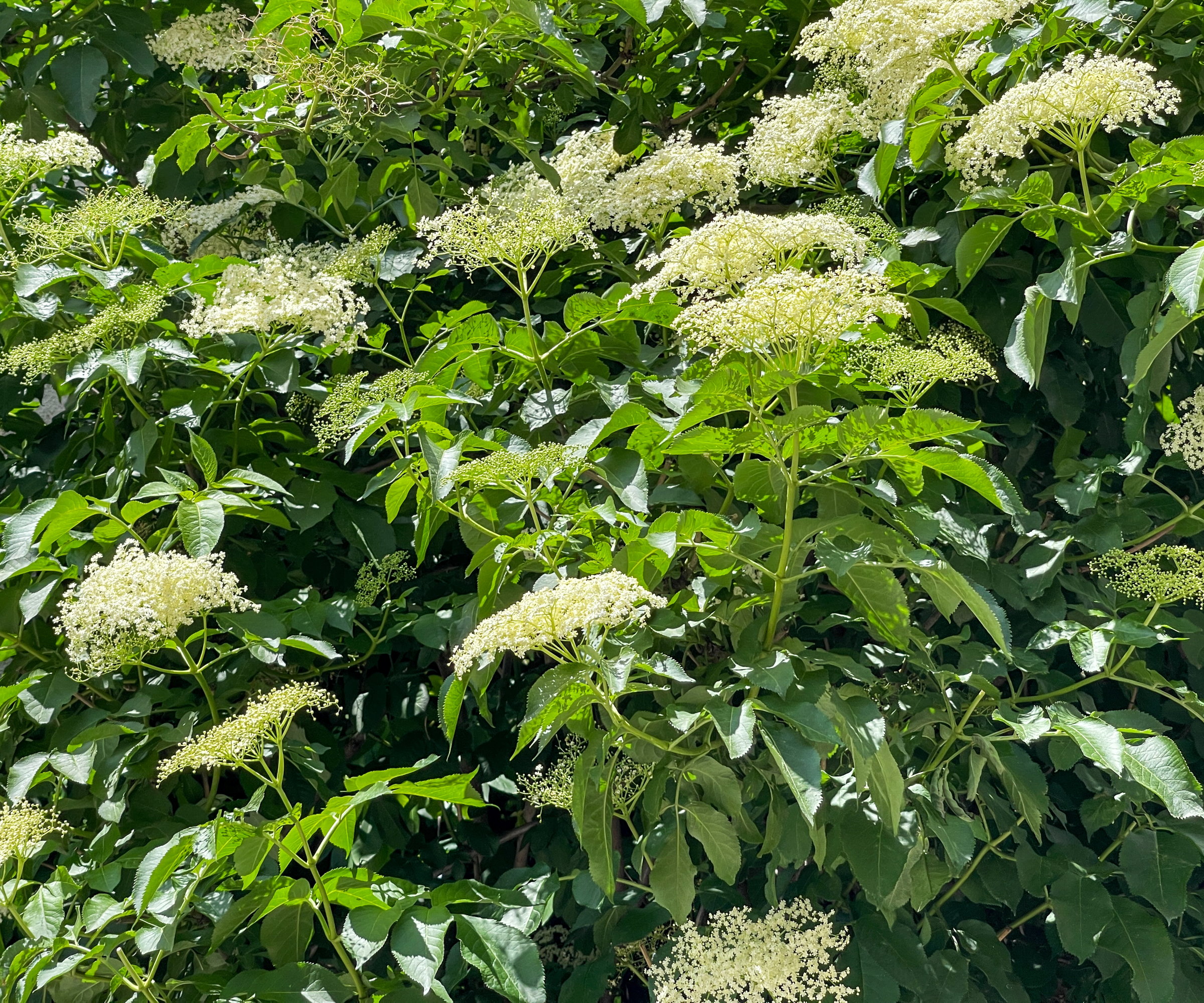
Any newly planted elderberry shrubs will require little pruning for the first two to three years after adding them to your backyard ideas. Once established, from the third year onwards, the shrubs will benefit from annual pruning.
The ideal time to prune elderberry is in late winter or early spring when the shrub is dormant and before it actively starts growing again.
Pruning during dormancy minimizes the overall stress on the shrub and offers the added benefit of seeing the whole structure and center of the plant once the leaves have dropped.
Add pruning elderberry to your spring gardening checklist as you should only need to prune elderberry once a year. However, any minor trimming to remove dead or damaged stems can be done through the season once issues are spotted.
It is not advisable to prune elderberry in late summer or fall. Doing so would be a pruning mistake, as it encourages a late flush of new growth. There will not be time for this to harden off and it will be damaged by winter colds, leaving the shrub increasingly susceptible to pests and disease.
How to prune elderberry
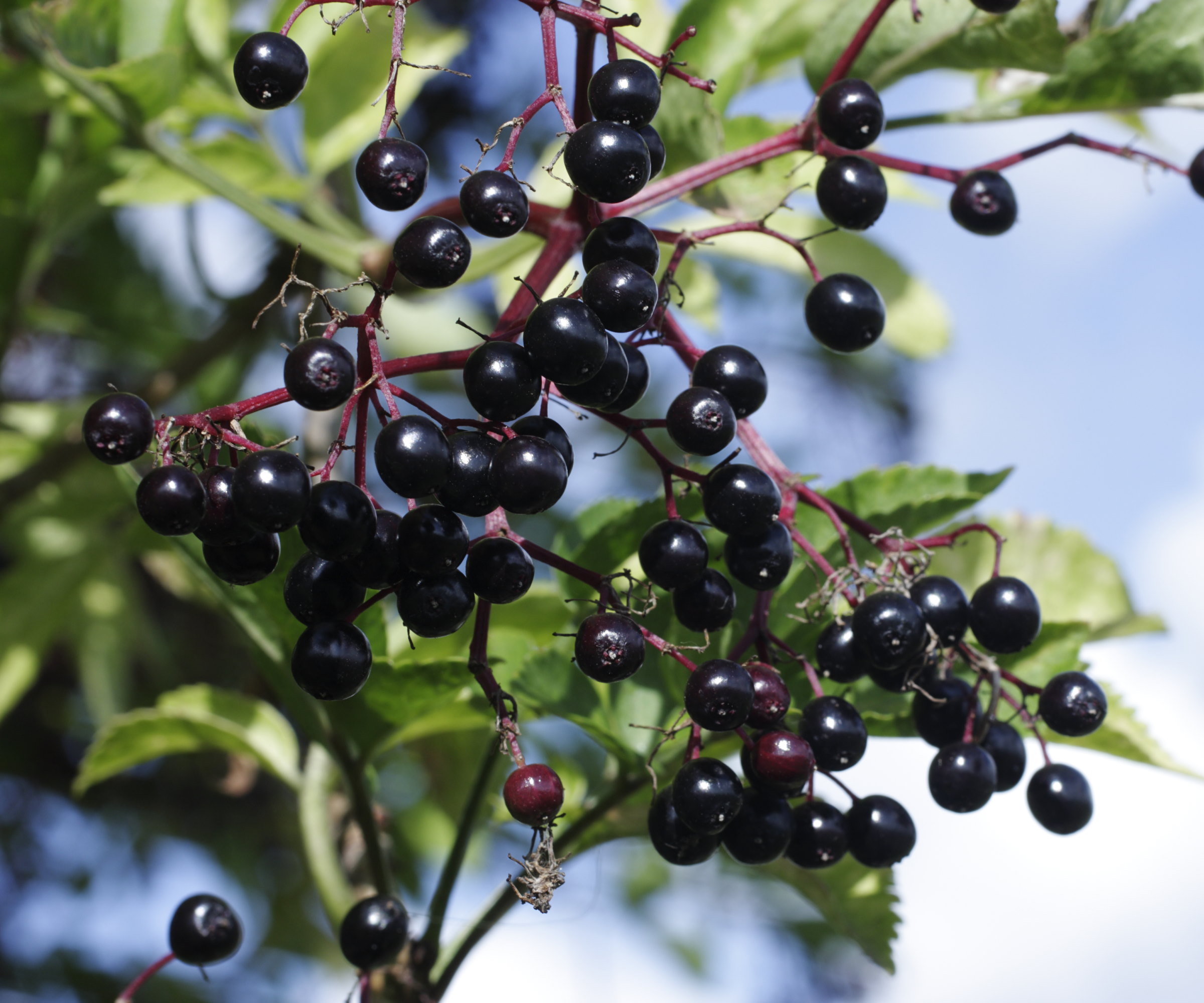
Before heading out to prune elderberry shrubs, all garden tools must be clean and sharp. This ensures the tools make clean cuts and don’t hack away and leave jagged cuts that the bush struggles to heal. Sanitizing pruning tools before cutting also prevents diseases from spreading from plant to plant around the yard.
Once your tools are prepared, these are the steps to follow to prune elderberry correctly:
- Take a close look at the shrub before cutting and start by removing any dead, diseased, or damaged canes.
- Identify older and less-productive canes to remove. ‘Elderberries produce best on one and two-year-old canes, so every year, remove some of the oldest canes to make room for new growth,’ says Valeria Nyman, an experienced horticulturist and chief product officer at Taim.io. Older canes are lighter in color and woodier and those over three years old are best completely removed.
- Carefully remove those selected older canes completely. ‘The secret is balance,’ adds Ryan Harden. ‘You want a mix of one, two, and three-year-old canes since those are the ones that produce the most berries.’
- Remember the one-third pruning rule and resist any urge to remove too many canes. Only prune away a third of old canes and any weak or straggly stems. Any crossing stems are also best removed to help airflow through the center of the shrub.
- Shrubs will benefit from mulching or fertilizing after pruning. ‘Feed the plant after pruning with a good compost or balanced fertilizer to support that growth,’ says Valeria Nyman. ‘If you’re consistent, your elderberry bush will reward you with a steady supply of berries year after year.’

Valeria is the Chief Product Officer at Taim.io, an innovative platform that serves as a personal, adaptive gardening coach, offering weekly advice to users.
Shop tools to prune elderberry shrubs
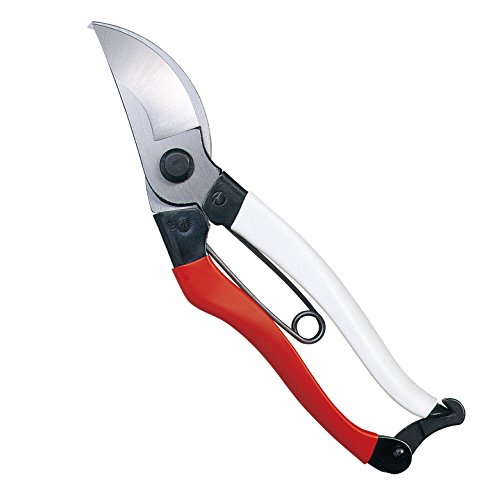
These beautiful Okatsune pruners are forged from the finest Japanese steel and glide through tough stems. They are light and short enough for smaller gardeners and have non-slip vinyl-coated handles.
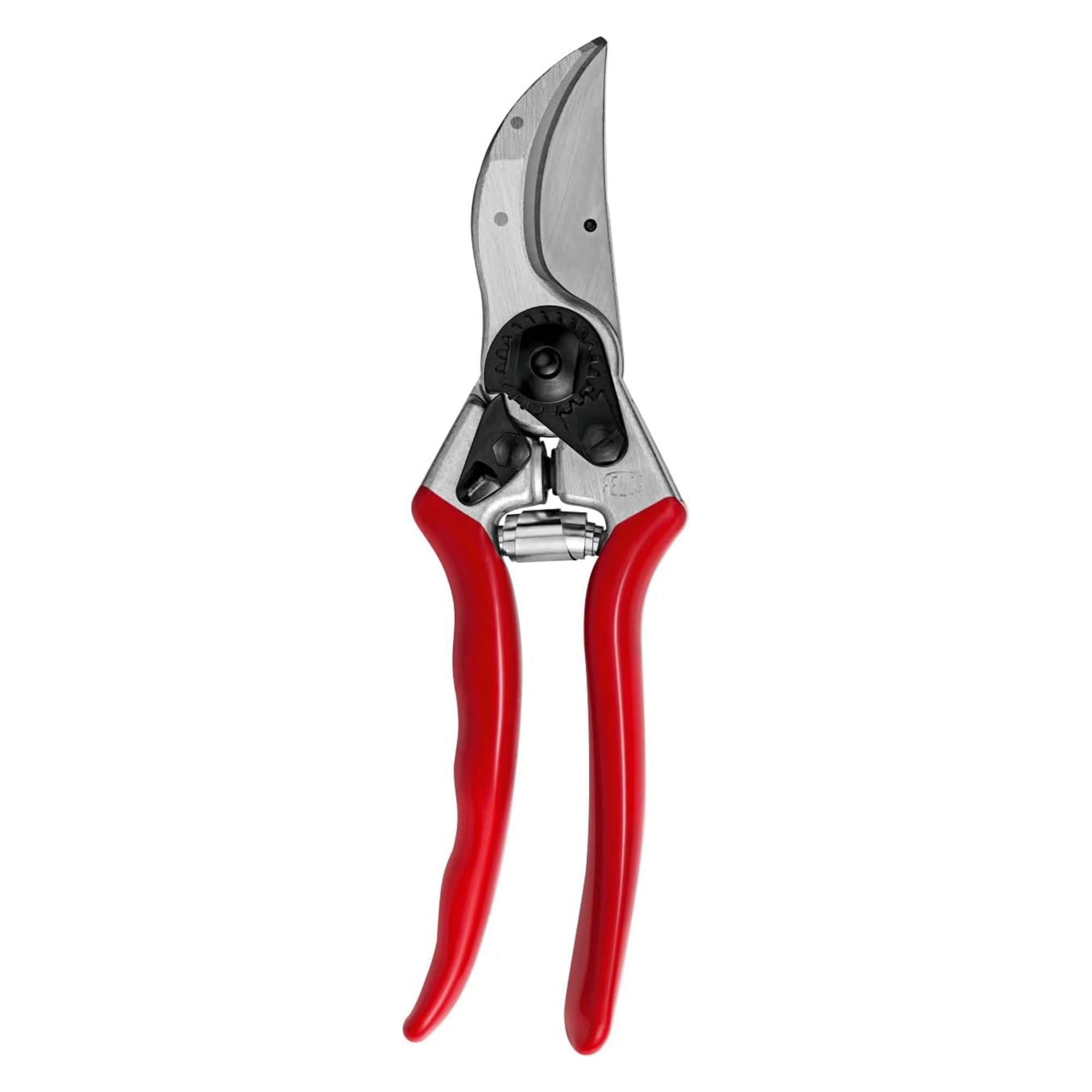
Felco No. 2 pruners are comfortable, sharp, hard-wearing and commonly acknowledged as the best pruners on the market. A bonus is that all parts are replaceable.
FAQs
Can you hard prune elderberry?
You can hard prune elderberry shrubs and cut stems back to within a foot from the ground. Hard pruning can rejuvenate older and wilder bushes or be used as a tactic to control the size of plants. Hard pruning of elderberry needs to be done during dormancy and it will encourage vigorous new growth that will carry vibrant foliage.
Can you prune elderberry in summer?
Elderberry bushes can be pruned after being harvested in summer. However, any berries left on the bush can feed birds during the migration season and through winter in a wildlife garden. Dead or damaged stems can be trimmed in the summer, but it is best practise to hold off annual pruning until the bushes are dormant in late winter or early spring.
If you want to grow more elderberries, they can be propagated by hardwood cuttings taken in late fall or early spring. If you do want to take plant cuttings, viable stems can be trimmed when you prune elderberry in early spring.
Hardwood cuttings are taken from 9-12 inch straight stems around pencil-thick, that should be trimmed above and below a bud, and placed into a pot filled with potting soil.
Sign up to the Homes & Gardens newsletter
Design expertise in your inbox – from inspiring decorating ideas and beautiful celebrity homes to practical gardening advice and shopping round-ups.

Drew’s passion for gardening started with growing vegetables and salad in raised beds in a small urban terrace garden. He has worked as a professional gardener in historic gardens and specialises in growing vegetables, fruit, herbs, and cut flowers as a kitchen gardener. That passion for growing extends to being an allotmenteer, garden blogger, and producing how-to gardening guides for websites. Drew was shortlisted for the New Talent of the Year award at the 2023 Garden Media Guild Awards.
-
 Courtney Love's historic loft combines rock star luxury with raw New York bones – it's on the market for almost $9.5 million
Courtney Love's historic loft combines rock star luxury with raw New York bones – it's on the market for almost $9.5 millionThe singer's former SoHo home features exposed brick walls, original wooden columns, a gas fireplace, and high ceilings – take the tour
By Hannah Ziegler
-
 Triangular shaped garden ideas – landscape designers share 9 ingenious ways to redesign your corner plot
Triangular shaped garden ideas – landscape designers share 9 ingenious ways to redesign your corner plotExpert tips for planning, planting and finessing a triangular shaped plot, so you can savour the space year round
By Jill Morgan
-
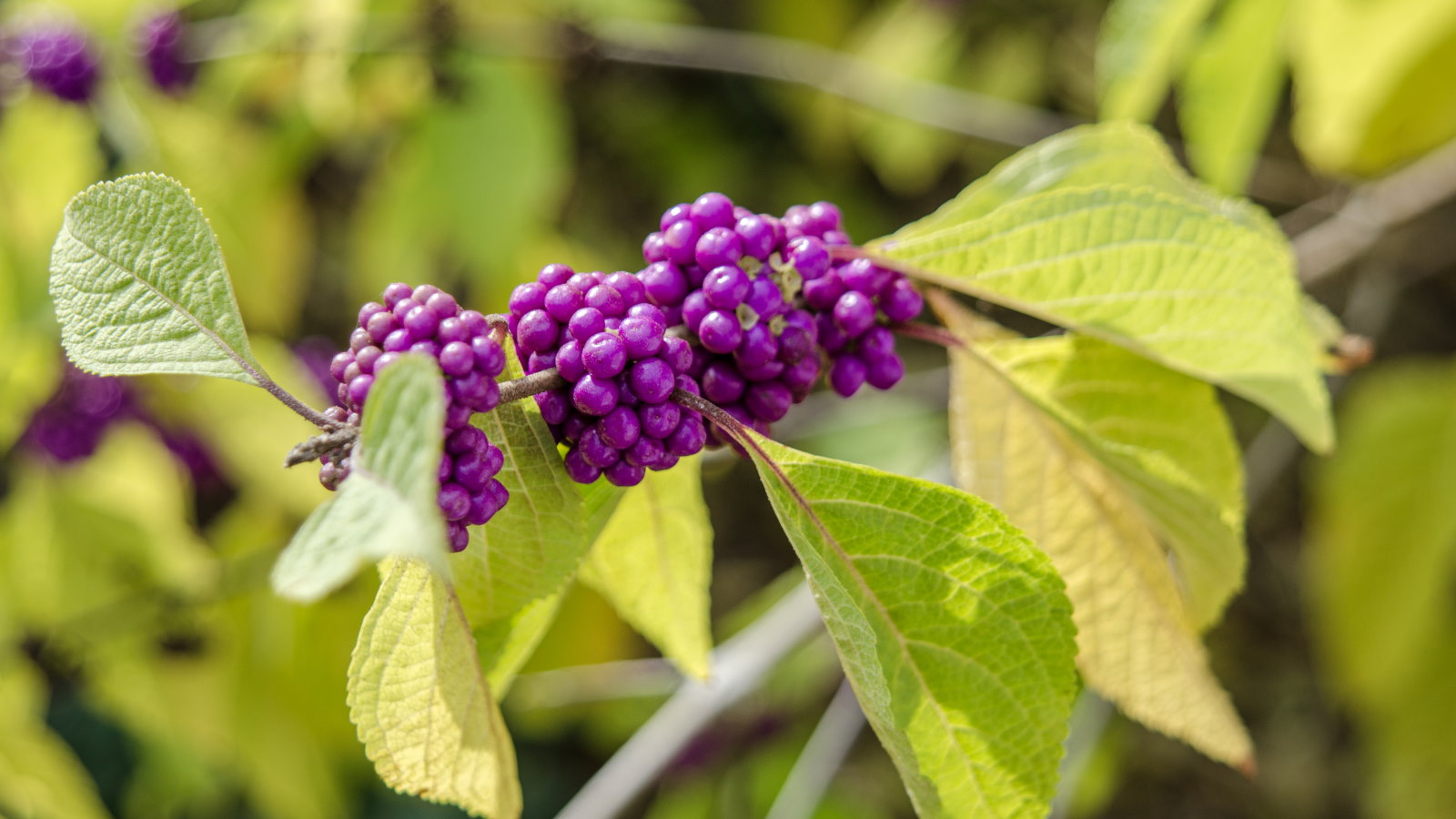 April is the ideal time to prune beautyberry shrubs – for a stunning display of vibrant berries this fall
April is the ideal time to prune beautyberry shrubs – for a stunning display of vibrant berries this fallWhether you choose to trim gently or hard prune, cutting back in spring promotes healthy and productive growth
By Drew Swainston
-
 7 of the fastest growing flowers to plant in spring for early summer blooms
7 of the fastest growing flowers to plant in spring for early summer bloomsSow these seeds now and be greeted with early summer color and repeat blooms in your yard
By Jacky Parker
-
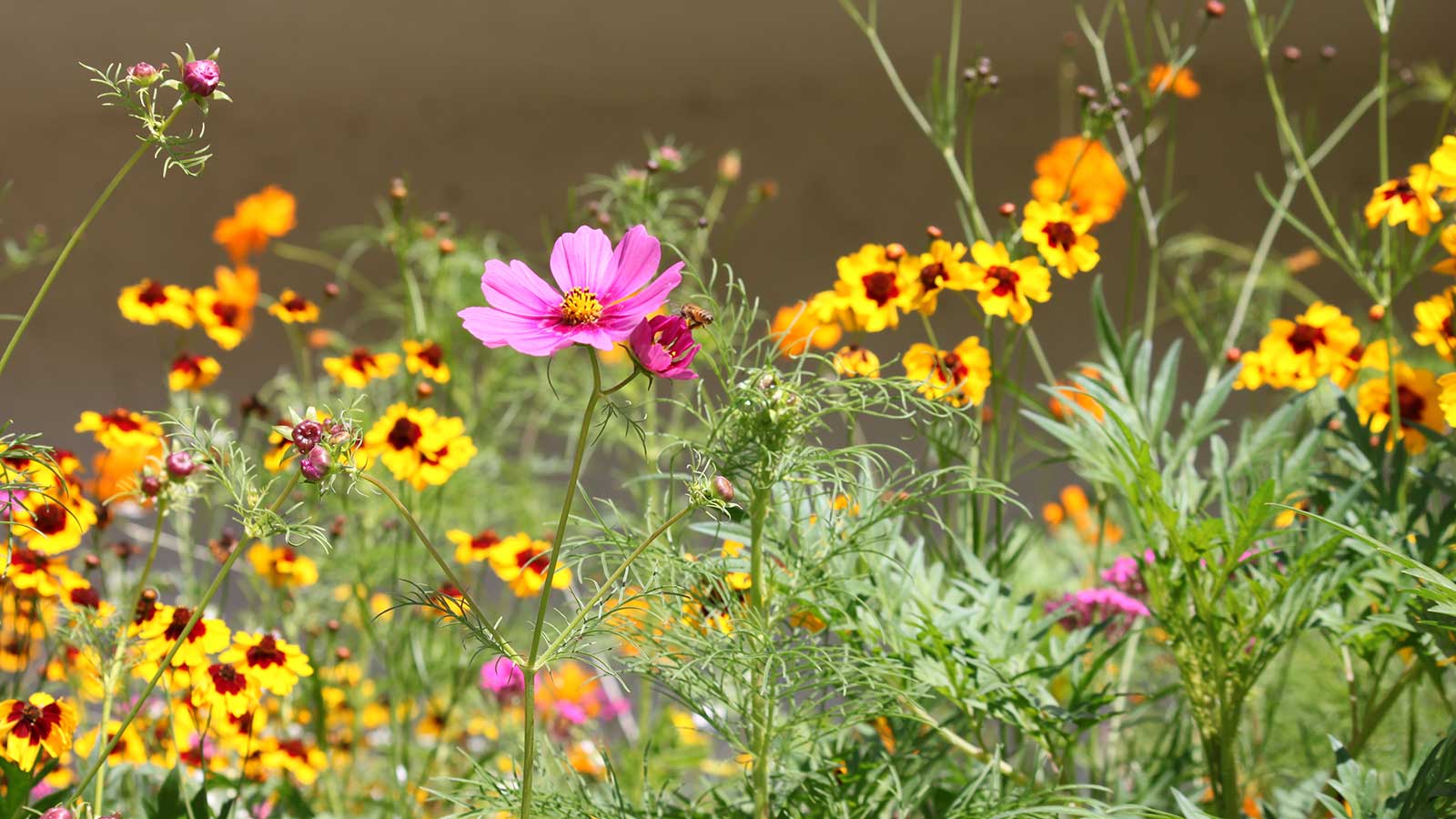 How to design a mini meadow in pots – and welcome birds, bees and butterflies to your urban wildlife garden this summer
How to design a mini meadow in pots – and welcome birds, bees and butterflies to your urban wildlife garden this summerExperts share advice on species recommendations, soil, and types of containers to use for meadow planting
By Holly Crossley
-
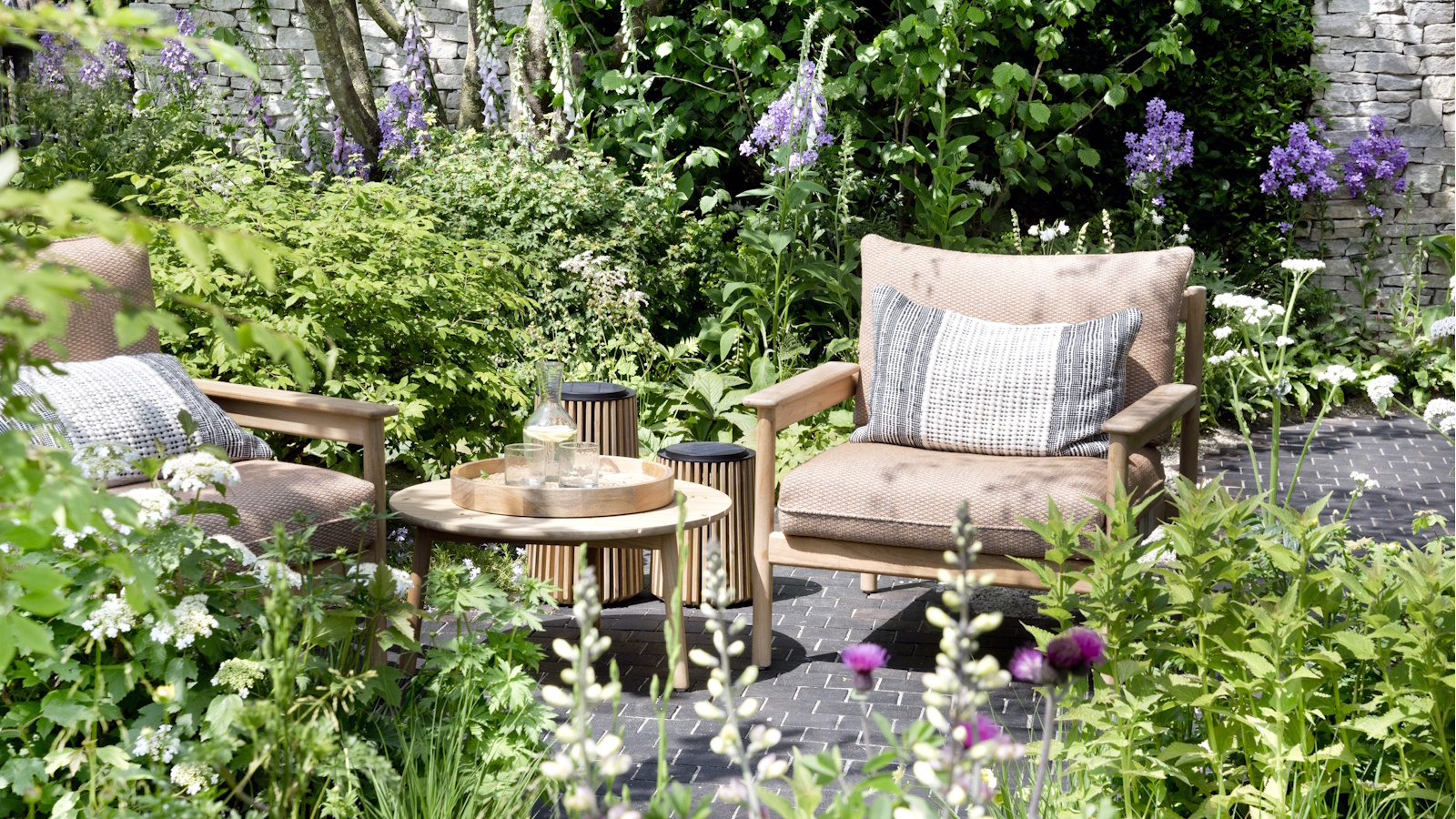 This $20 pop-up greenhouse from ALDI is perfect for small yards – it will turbocharge your tomato harvests this summer
This $20 pop-up greenhouse from ALDI is perfect for small yards – it will turbocharge your tomato harvests this summerEasy to use and compact to store, pop-up greenhouses are ideal for patio or balcony gardeners
By Thomas Rutter
-
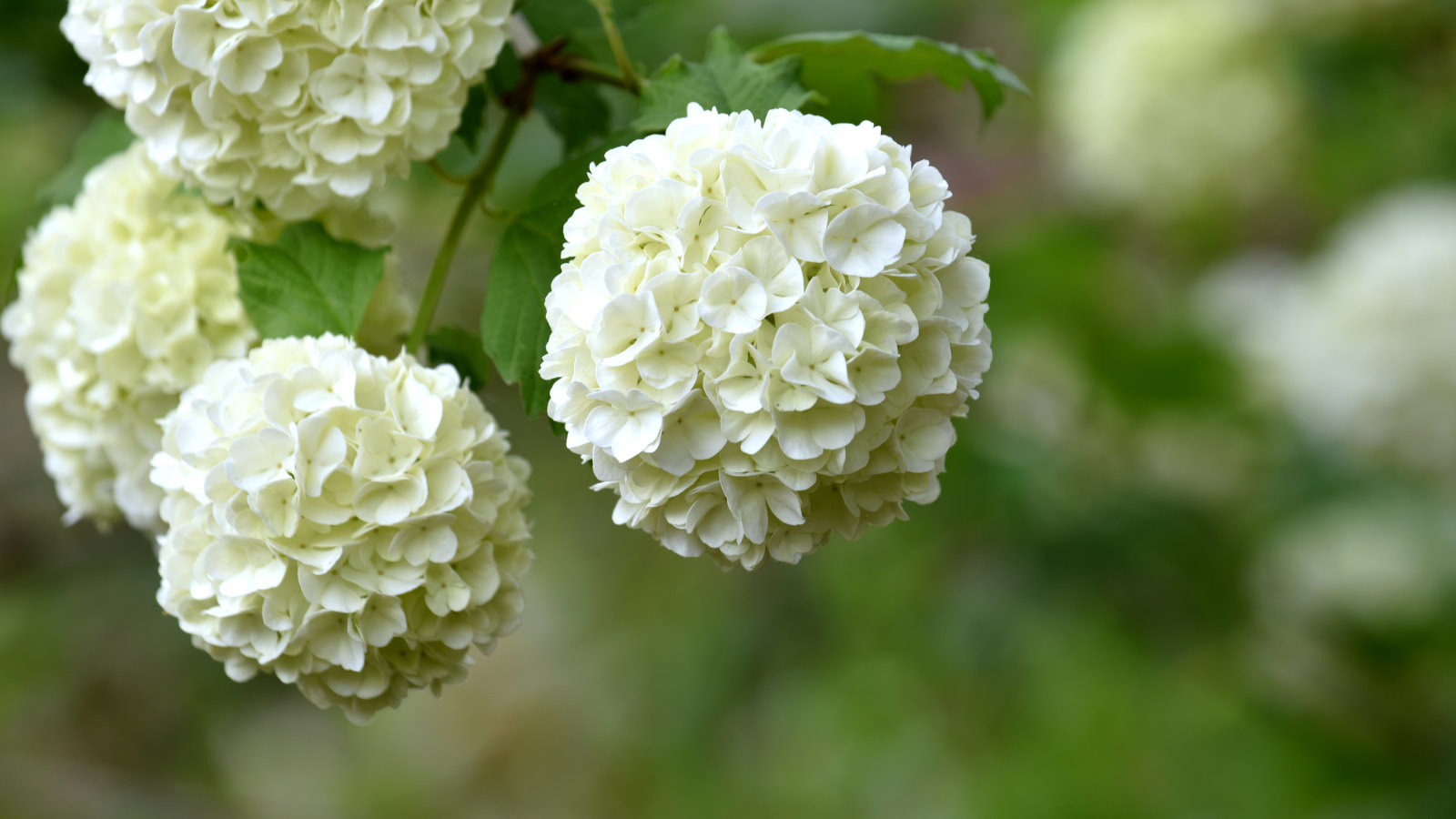 These 4 simple steps for pruning a snowball bush viburnum can give you the best blooms, plus we reveal the pitfall to avoid that will ruin any display
These 4 simple steps for pruning a snowball bush viburnum can give you the best blooms, plus we reveal the pitfall to avoid that will ruin any displayKnow how and when to prune a snowball bush with this expert pruning guide
By Drew Swainston
-
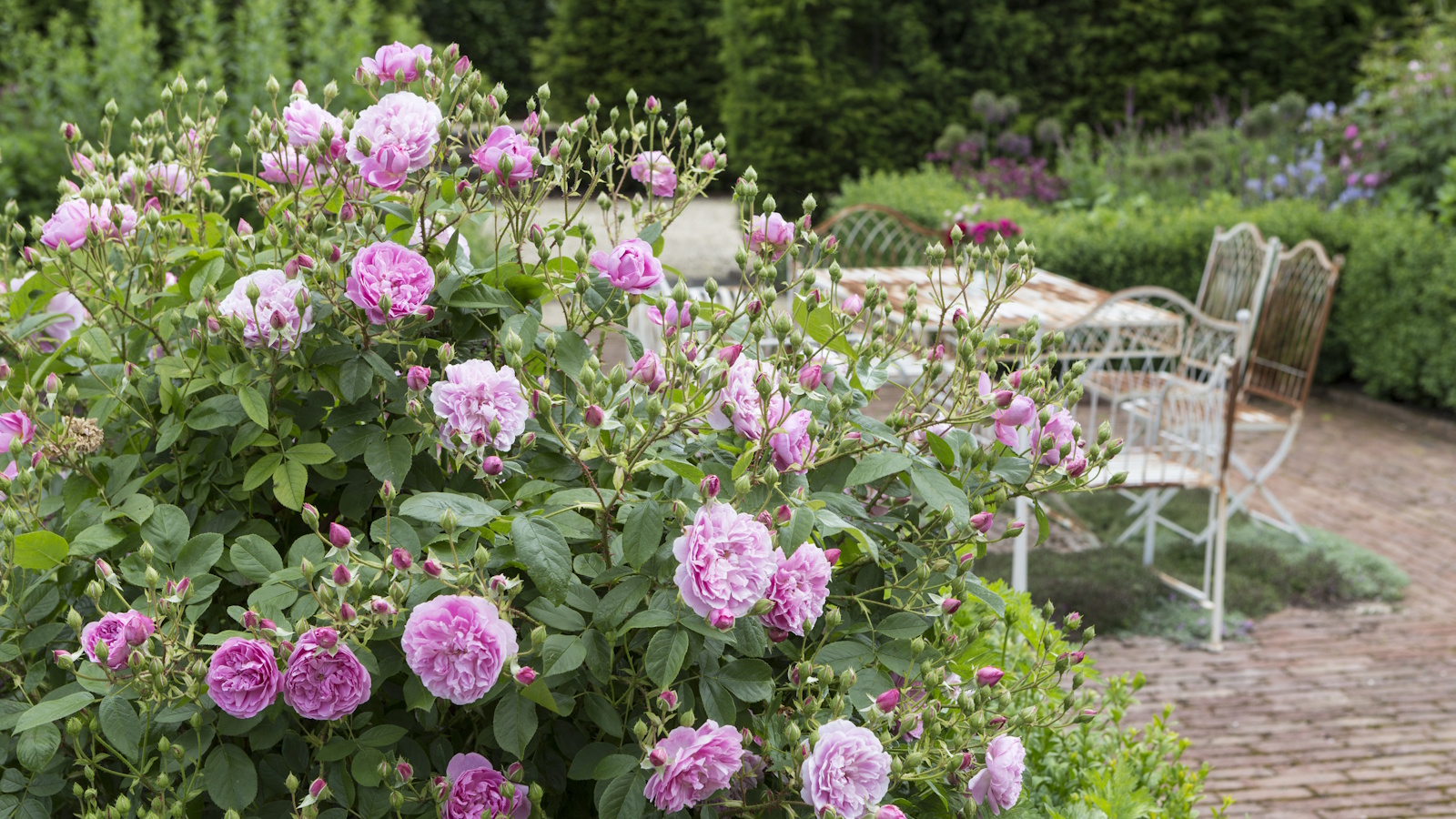 How to weed a garden quickly – professional gardeners reveal the five-minute weeding jobs to do now and get your yard summer-ready
How to weed a garden quickly – professional gardeners reveal the five-minute weeding jobs to do now and get your yard summer-readyShort on time? These time-efficient tasks will keep on top of problem plants
By Thomas Rutter
-
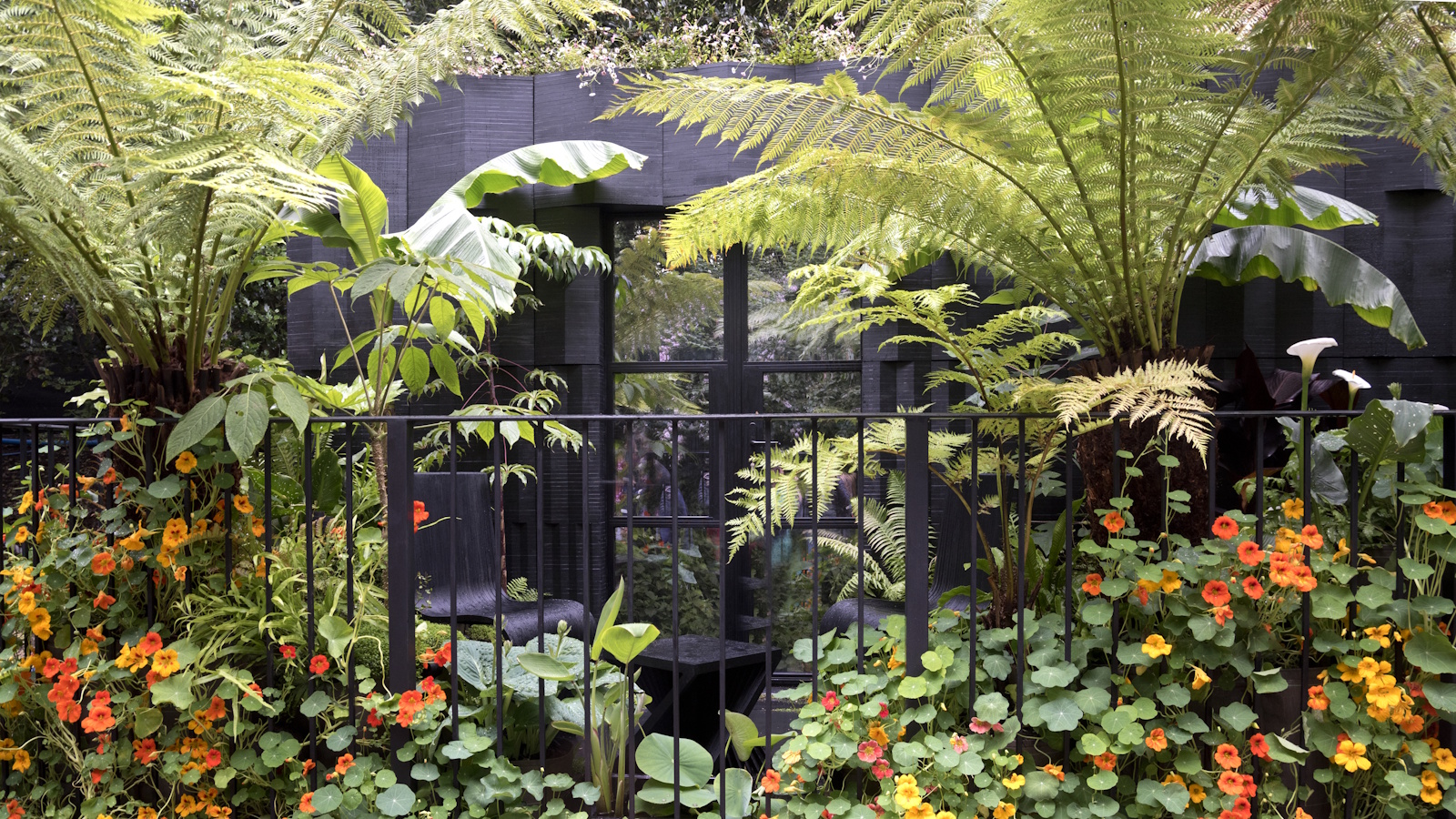 Small yard but want to grow your own crops? This wooden cold frame is 40% off at Wayfair – and it's perfect for tiny patios and apartments
Small yard but want to grow your own crops? This wooden cold frame is 40% off at Wayfair – and it's perfect for tiny patios and apartmentsCold frames are a sensible investment for any gardeners struggling for space on balconies, backyards or patios
By Thomas Rutter
-
 7 native perennials to plant in April – for glorious flowering displays to attract bees, butterflies, and hummingbirds
7 native perennials to plant in April – for glorious flowering displays to attract bees, butterflies, and hummingbirdsDiscover some of the best perennials to plant in April to make your garden a hotspot for wildlife
By Drew Swainston
